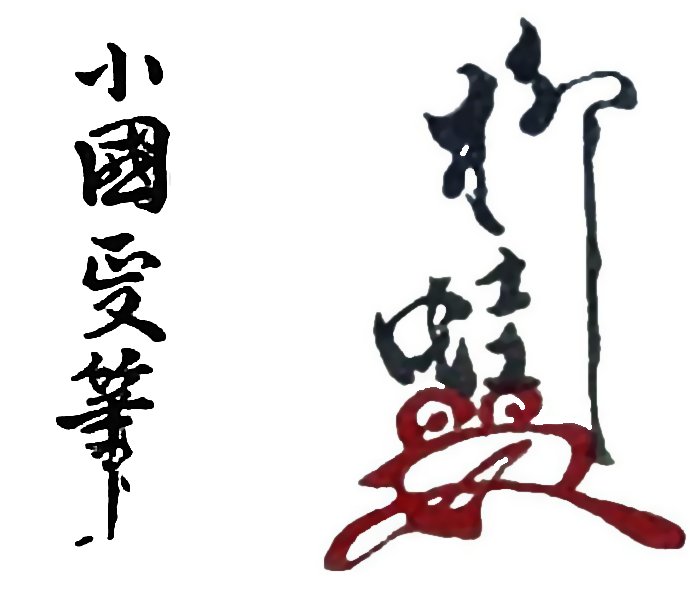| |
KOKUNIMASA
|
|
Artist – KOKUNIMASA
(1874 - 1944), or
Utagawa KOKUNIMASA 歌川 小国政 (1874 – 1944) spanning his active
life during the Meiji, Taiso and Showa
period. KOKUNIMASA
Utagawa was a woodblock printmaker in the long
tradition and style of the lineage of Utagawa artists. His
first work appears in 1889, when he was only fifteen years
old. His technique and style represented basically the old
Japanese ukiyo-e printmaking. Historically
remarkable are several woodblock prints documenting a huge
tsunami disaster in Japan from 1896. He studied
under his father Kunisada III (Baidō Hōsai). KOKUNIMASA produced humorous
pictures, caricatures, actor portraits, genre pictures of the
Sino-Japanese war of 1894/1895 and the Russo-Japanese war of
1904/1905. Kokunimasa's
subjects were defined by market demand. He created what the
public was interested in, and willing to purchase. During the
Meiji period, these were woodblock prints depicting the events
of the Sino-Japanese war (1894/95) and the Russo-Japanese war
(1904/05), genre scenes from the life of upper class families,
historical scenes, and prints with themes from kabuki plays.
Around 1910 two new art movements came into existence - shin hanga and sosaku hanga, but KOKUNIMASA continued the old tradition nearly unchanged. Regarding his work from an aspect of an art historian, the artist was an artistic fossil in the second half of his life.
Personal life - KOKUNIMASA (小国 政), literally "KUNIMASA Junior" was born in 1874 as the eldest son of his father Utagawa Kunimasa IV (歌川 国政 四代 ) (1848-1920), who was also known as Kunisada III (国貞 三代), Baidō Hōsai (梅堂豊斎), Baidō Kunimasa (楳 堂 国政) and Toyokuni V (豊国 五代), who succeeded as head of the Utagawa line in 1889. It's not known if KOKUNIMASA ("KUNIMASA Junior") succeded his father as head of the Utagawa line.
His death date is commonly given as 1944.
Aliases - KOKUNIMASA (小国政). also known under his fathers signature as Baidō (楳堂). He signed Sino-Japanese War prints as KOKUNIMASA and Russo-Japanese prints as Ryūkei (柳蛙), also to be read as Ryūa. He may also have used the name Kunimasa V ( 国政 五代), whose signature appears on some prints of the 1890s.
Disciples - none
Around 1910 two new art movements came into existence - shin hanga and sosaku hanga, but KOKUNIMASA continued the old tradition nearly unchanged. Regarding his work from an aspect of an art historian, the artist was an artistic fossil in the second half of his life.
Personal life - KOKUNIMASA (小国 政), literally "KUNIMASA Junior" was born in 1874 as the eldest son of his father Utagawa Kunimasa IV (歌川 国政 四代 ) (1848-1920), who was also known as Kunisada III (国貞 三代), Baidō Hōsai (梅堂豊斎), Baidō Kunimasa (楳 堂 国政) and Toyokuni V (豊国 五代), who succeeded as head of the Utagawa line in 1889. It's not known if KOKUNIMASA ("KUNIMASA Junior") succeded his father as head of the Utagawa line.
His death date is commonly given as 1944.
Aliases - KOKUNIMASA (小国政). also known under his fathers signature as Baidō (楳堂). He signed Sino-Japanese War prints as KOKUNIMASA and Russo-Japanese prints as Ryūkei (柳蛙), also to be read as Ryūa. He may also have used the name Kunimasa V ( 国政 五代), whose signature appears on some prints of the 1890s.
Disciples - none
Copyright 2008 ff: Hans P. Boehme
